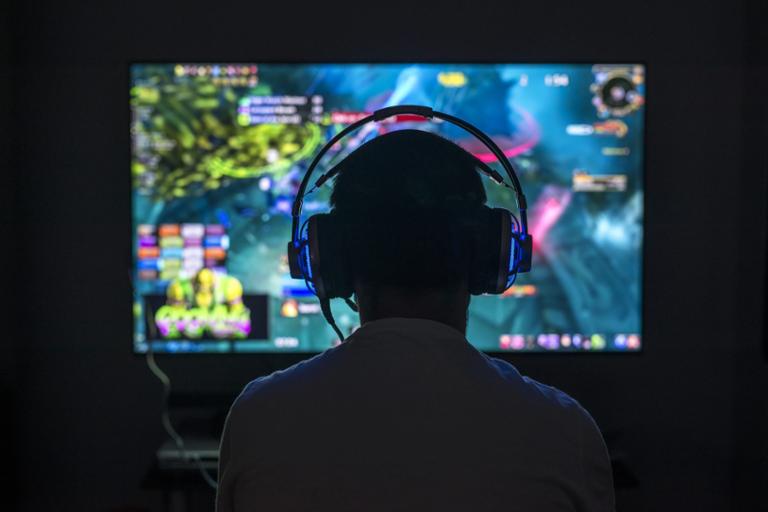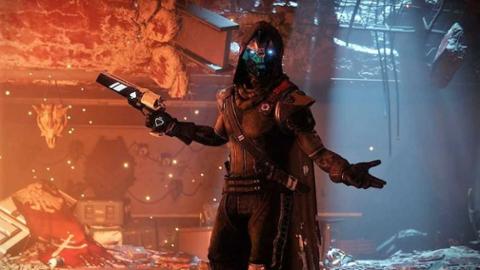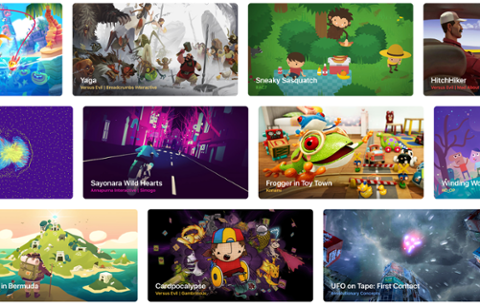Want to become a video-game designer? The potential rewards are vast—nobody in the industry has forgotten how Markus Persson, the creator of “Minecraft,” earned a multi-billion-dollar payday by selling his company to Microsoft. At the same time, though, it’s a notoriously hard industry to break into, and the workload is often crushing.
First things first: video game designers don’t make nearly as much as other technologists. According to Burning Glass, which collects and analyzes millions of job postings from around the country, the median salary for a video-game designer is $84,929. That’s noticeably below the average technologist salary of $93,244, as estimated by the 2019 Dice Salary Survey. Sure, some designers and startups can make it rich—the VR version of “Superhot,” a first-person shooter with an interesting gameplay mechanic, grossed $2 million in its first week of release—but that’s not something to depend on.
If you want to break into video games as a designer, be aware: it involves a very intense mix of skills. “The exciting thing about game design is that it involves so many different kinds of skills, from computer programming, math and physics to art, animation, music and creative writing,” Ben Chang, electronic artist and director of the Games and Simulation Arts Program at Rensselaer Polytechnic Institute, told Dice. “Game design is about writing code, and also about telling a story, inventing a world, understanding player psychology, and ultimately about creating something compelling and meaningful for players to experience.”
As we broke down in late 2019, companies seeking video-game designers often want candidates with the following “soft skills”—that is, teamwork, communication, and so on:
- Content and systems design experience.
- Ability to work with a team.
- Ability to communicate with department heads/senior leadership.
- Problem-solving under pressure.
- Prototype, iterate, and polish gameplay/features/etc.
But what hard skills—i.e., knowledge in specific tools and programming platforms—should video-game designers possess? That’s a somewhat tougher question, one that hinges largely on the platforms you want to design for. Fortunately, Burning Glass broke down a list of necessary skills, based on its massive analysis of job postings. As a result, we have 14 "hard" and "soft" skills:
The Unreal Engine definitely earns its place on this list, and it’s the tools platform that many companies depend upon to build their games. Anyone interested in game design, though, can’t ignore Unity, the competing engine. Unreal and Unity are also iterating rapidly, meaning that any video-game designer who wants to stay current will need to constantly focus on the latest updates. For example, Unity now has educational tools aimed at students (useful for newbies!) while Unreal offers some next-generation features such as AR frameworks for iOS and Android apps.
Maya, by Autodesk, is design software aimed at the indie-gamer set, and Zbrush is a tool for 2D and 3D modeling and texture work (perfect for creating fantastic video-game characters). So it’s likewise unsurprising that these are on the list.
Based on this Burning Glass analysis, it’s also clear that learning C++ is a very good idea; employers really want candidates who know their way around the language. Those who want to design mobile games for iOS and Android will also need to know the programming languages for those respective platforms (Swift and Objective-C for iOS; Kotlin and Java for Android).
But ultimately, it seems that companies developing video games want candidates with a mix of technical knowledge and soft skills. Being well-balanced, in other words, seems to be the key to landing a gig as a video game designer—and it’s vital if you want to successfully navigate industry-specific issues such as “crunch time.”



